Cranial/Brain
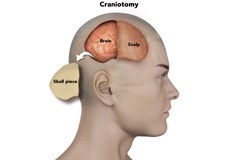
Craniotomy for Trauma, Tumor, Infection, Hematoma evacuation
A craniotomy is the removal of part of your skull to gain access to your brain and treat various conditions such as a blood clot, abscess, aneurysm (bulging vessel) or tumour. During a craniotomy for a tumour, a sample of abnormal brain tissue may be removed for examination (biopsy); if identified as abnormal, as much of the tumour is removed as safely possible.
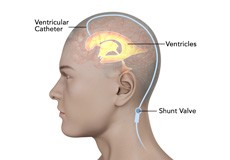
Shunt Placement and Revision
Cerebrospinal fluid (CSF) is fluid that flows through ventricles or channels across your brain and spinal cord, protecting and transporting important nutrients. Cysts, tumours, or inflammation can block this system and lead to fluid build-up in the brain. This condition is called hydrocephalus, which can damage the brain due to the increased pressure from the excess fluid.
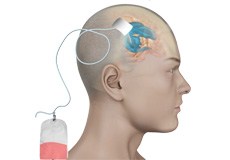
External Ventricular Drain/Ventriculostomy
Ventriculostomy is a procedure for treating hydrocephalus, a condition in which there is abnormal accumulation of cerebrospinal fluid (CSF) in the brain, which increases the pressure in the brain. It is indicated for CSF build-up due to a blockage called aqueductal stenosis.
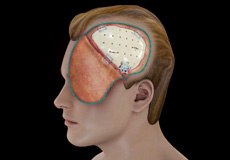
Cranioplasty
Cranioplasty is a reconstructive surgical procedure to repair a defect in the skull, either by restoring the original piece of skull or using a graft made of another material. Skull defects are usually the result of trauma, congenital anomalies. Surgery is suggested to remove tumours or relieve pressure on the brain.
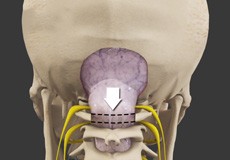
Chiari Decompression Surgery
The cerebellum is a small portion of the brain that co-ordinates various muscular movements such as speech, posture, and balance of the body. It is located above the foramen magnum at the lower end of the skull just above the brain stem.
